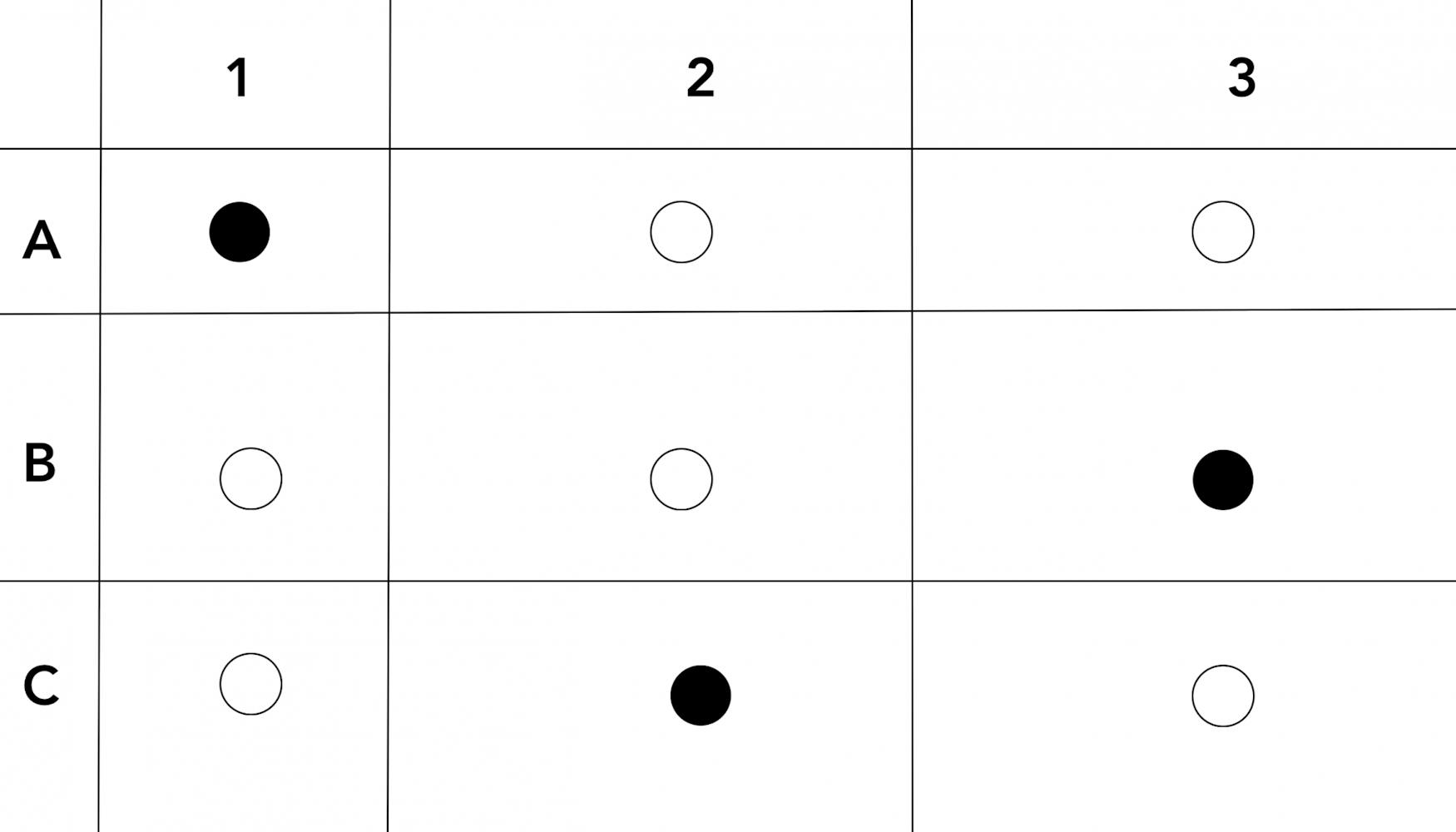Result to second Massachusetts ballot question still in counting
Mass. voters had two questions on their ballots regarding motor vehicles and rank choice voting.
In addition to casting votes for candidates for a variety of national, state and local elected offices, Massachusetts voters also had the opportunity on Tuesday to decide the fate of two statewide ballot questions. The first question concerns access to mechanical data in motor vehicles, and the second would establish ranked choice voting. Massachusetts Question 1 passed with 75% voting yes. Votes on Question 2 are still being counted, but supporters of the initiative conceded early Wednesday morning, according to WGBH.
Both ballot questions were proposed by initiative petition, a process by which residents can propose statewide laws. In Massachusetts, the process begins when a group gathers the necessary signatures and proposes the initiative, which then goes to the state legislature, according to Ballotpedia. If the state legislature does not pass the proposed legislation, the initiative is placed on the ballot for voters to decide. The initiative petition becomes law if a majority of people who vote on it support it, as long as 30% of the voters who cast ballots in the election as a whole also support its passage, per the Secretary of State’s guide to Ballot Question Petitions.
Ballot Question 1: motor vehicle mechanical data
The first ballot question adjusts the requirements of the state’s 2012 “Right to Repair” law, which enables “independent mechanics to access data from a car’s computer system so they can find and fix problems,” a Sept. 30 NBC Boston article explained. The data in question comes from telematics systems, or “any system in a motor vehicle that collects information generated by the operation of the vehicle and transmits such information … utilizing wireless communications to a remote receiving point where it is stored,” per the official ballot question voter guide. Under the proposed law, vehicles in model year 2022 and on would have to be equipped with “a standardized open access data platform.” This platform would make the data accessible through a “mobile-based application,” while the 2012 law only made it accessible through a computer, Ballotpedia’s webpage for the measure explained.
Having access to telematics data enables mechanics who aren’t connected to the car’s official dealership or manufacturer to have the information necessary to make repairs. Proponents of Ballot Question 1, as the NBC Boston article explained, argue that the 2020 measure is necessary because of the technological advancements that have taken place since the original law passed to ensure that customers can continue to have their cars serviced at less expensive repair shops. Opponents argue that passing this law is a data security risk, putting drivers’ privacy and cybersecurity at risk.
However, Ari Trachtenberg, a Boston University professor quoted in the NBC Boston article, framed the debate in a more capitalistic way as a competition between “the auto manufacturers, who want to maintain access to potentially lucrative and private telematics data, and a collection of auto service companies, who want to level the playing field by making this data more broadly accessible.”
The Massachusetts Right to Repair Coalition, which supported the original 2012 law, is also leading the fight in support of this year’s Ballot Question 1. The Coalition includes major repair companies like AutoZone and O’Reilly Auto Parts. On the rival side, the Coalition for Safe and Secure Data opposes the measure, with major donors including General Motors, Toyota, Ford and Honda, per the measure’s Ballotpedia page.
Supporters have raised $24.4 million to opponents’ $26.5 million, per a Nov. 2 Boston Globe article, making Ballot Question 1 “the most expensive ballot initiative in Massachusetts history.” Virtually none of the money on either side has come from Massachusetts-based sources.
In July, federal officials warned Massachusetts legislators that the measure’s passage may violate “federal cybersecurity guidelines,” per the same NBC Boston article.
Ballot Question 1 passed with 75% of voters in favor as of 11 p.m. on Nov. 3, according to the New York Times.
Ballot Question 2: ranked choice voting
Ballot Question 2 would adopt a ranked choice voting electoral system for many elected offices in the state.
In a ranked choice voting system, voters have the option to rank the candidates by order of preference, rather than just voting for one favorite candidate. The winner is then selected through a series of rounds of counting, first tabulating how many “number one” votes each candidate received. The simplest result occurs if a candidate receives more than 50% of the first ranked votes — that candidate wins. If no candidate wins the majority, however, the voting moves on to round two, where the lowest vote earning candidate is eliminated and any votes they received are redistributed to those voters’ second ranked candidate. This process continues until one candidate crosses the 50% threshold and wins. The ballot question voter guide explains this process, and Ballotpedia put together a helpful explanatory video in 2016 when Maine voters faced a similar ballot measure.
The idea of ranked choice voting is to ensure that whoever wins the election is supported by a majority of voters, eliminating the frustrating result of a candidate winning an election with less than majority support. This reform also empowers independent candidates and could lessen the influence of “big money and corrupt special interests” in elections, according to arguments in favor of the measure listed in the ballot question voter guide.
Some argue that ranked choice voting is also complicated and potentially confusing. The NBC Boston article explains that voters only benefit from the reform if they have a lot of information about each candidate so that they are able to make an informed decision when ranking them. Ranked choice voting may also push voters to try to make strategic guesses about how various candidates will perform in the different rounds, which opponents say can have negative impacts, per the ballot question voter guide.



Please note All comments are eligible for publication in The Justice.